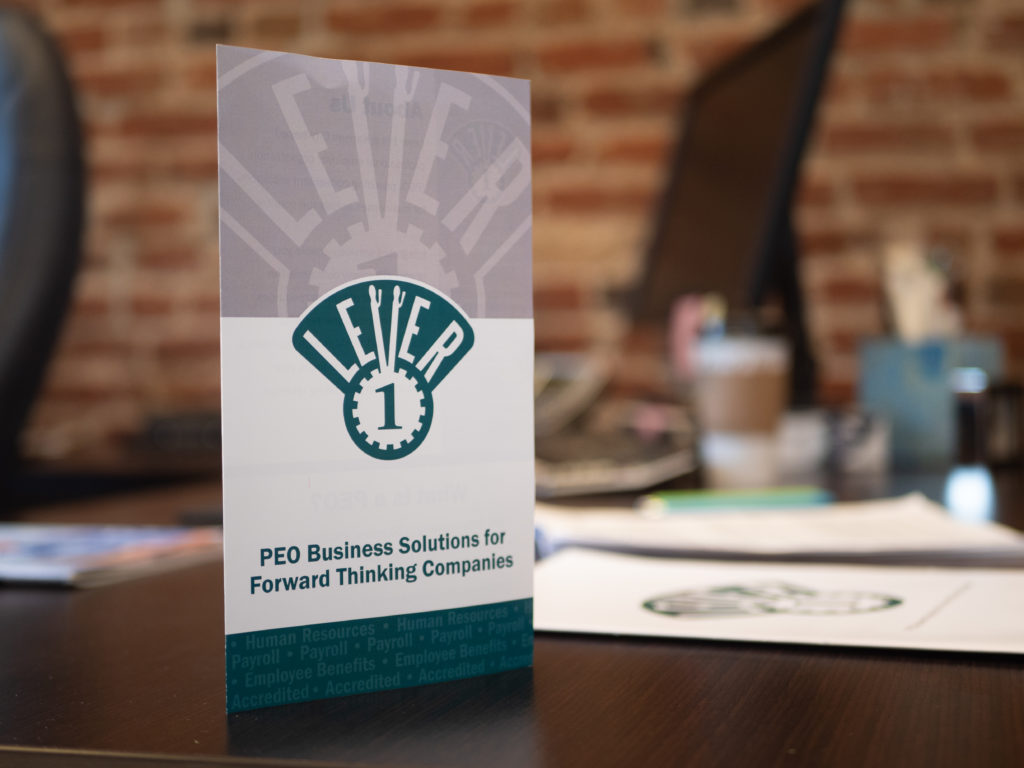Unconscious bias, also called implicit bias, occurs when individuals make judgments about people based on certain characteristics without even realizing they are doing it.
A recent study showed 64% of workers surveyed “felt they had experienced bias in their workplaces during the last year, and, of those, 61% felt they experienced bias in the workplace at least once a month.”
Skin color, gender and age are generally what people think of when they consider biases, but individuals can harbor unconscious prejudice about other characteristics, including:
- Height and weight
- Introversion and extroversion
- Marital and parental status
- Disability status (for example, the use of a wheelchair or cane)
- Foreign accents
- Where someone attended college
- Hobbies or extracurricular activities
Most employees want to believe their actions are untainted by bias, but it is critical that all employees take the time to uncover personal biases and understand why they have developed. This reflection can lead to discomfort and startling realizations. However, this information is needed to combat deeply ingrained preconceptions and to leave biases at the door when arriving at work and in hiring situations.
Questions to Ask Yourself About Hiring Bias
- Do I typically hire similar types of people or people who are like me?
- What do I mean when I say a candidate is not the right fit?
- What do I do if my candidate pool is not sufficiently diverse?
- What can I learn about my past hiring choices, both successful and unsuccessful?
We all have implicit biases that affect the way we live and work in the world. Identifying how these biases may negatively affect workers and the bottom line is pivotal in the development of workplace equality. Bringing awareness to our unconscious biases and taking actions that cross-check our initial assumptions can help to limit such negative consequences.
Action Items to Eliminate Bias in Hiring
Do:
- Experiment with the wording of job listings by removing adjectives closely associated with a particular gender.
- Ask candidates to take a work-sample test. It is useful in comparing applicants, and it is an effective predictor of future job performance.
Do Not:
- Engage in unstructured interviews. Instead, standardize the interview process by asking candidates the same set of defined questions.
- Allow surface demographic characteristics to play into your resume review. Use a software program that blinds that information and ensures a level playing field.
- Neglect to set diversity goals. Be sure to track how well you are doing on them.
Organizations that do not value diversity run the risk of violating federal, state and local equal opportunity laws, which could result in both government fines and serious civil and criminal penalties. Valuing diversity and inclusion takes advantage of the talents, experiences and knowledge of every employee and results in both an increase in employee morale and the ability to recruit, retain and hire a talented and diverse staff.

As owner and president of Lever1, Erica Brune is responsible for strategic planning, management and business oversight. With Erica’s guidance, Lever1, a fully accredited professional employer organization, has secured an industry-wide reputation of excellence, operational reliability and thought leadership.


